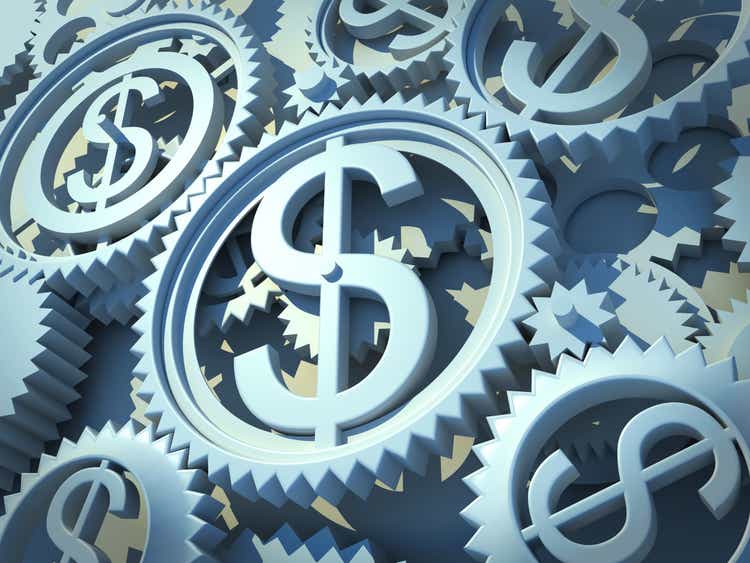deliormanli
What Is Market Timing?
Market timing is an investment strategy of timing the sale or purchase of securities to maximize returns or minimize losses. Thus, market timing may be generally associated with a “buy low, sell high” strategy. For example, if an investor believed that stocks were due for a correction, they may choose to sell shares of their equity investments to protect a gain or prevent a loss.
Where Market Timing Fails
The problem with market timing is that it’s extremely difficult to implement correctly and consistently. This is especially true with extreme market timing tactics, such as moving a majority of one’s investment assets to cash to avoid a bear market or other major market correction.
By trying to predict the best time to buy and sell, you may miss the market’s biggest days. Since the highest gains often occur during or soon after a correction, such as a bear market, missing these gains may potentially cut the average returns of an investment portfolio in half over time.
Historic Evidence That Time in the Market Beats Timing the Market
For historic evidence that time in the market beats timing the market, there is no shortage of studies on market timing and its potential pitfalls. For example, a recent study concludes that missing just a handful of the best days in the market can drastically reduce an investor’s average returns over time.
The following data includes key findings from the study, which demonstrates the growth of $10,000 in the S&P 500 from Dec. 31, 2006, to Dec. 31, 2021:
Staying Invested Vs. Missing the Best Days in the Market
| If you: | Your balance would be: | Your return would be: |
| Stayed invested for 15 years | $45,682 | 10.66% |
| Missed the 10 best days | $20,929 | 5.05% |
| Missed the 20 best days | $12,671 | 1.59% |
| Missed the 30 best days | $8,365 | -1.18% |
| Missed the 40 best days | $5,786 | -3.58% |
Source: Putnam Investments
Key takeaways from the table above:
- 10.66% is an outstanding, above-average annualized return for the 15 years ending Dec. 31, 2021, especially considering that the period contains the Great Recession, the near-bear market of 2018, the COVID bear market of 2020, and the 40-year highs of inflation and bear market of 2022.
- By missing just the 10 best days of the market during those 15 years, an investor’s returns were cut in half. That equates to missing an average of just one day in the market every 18 months.
- By missing just the 30 best days, you get a negative annualized return and your $10,000 turns into $8,365. That’s just one month’s worth of the best returns over 15 years.
When Do the Best and Worst Days in the Stock Market Occur?
What makes timing the market difficult is that many of the biggest gains for stocks occur in bear markets or recessions and some of the worst days occur during bull markets. In fact, a recent study shows that the 10 best trading days in the last 30 years occurred during recessions and five of them took place during a bear market.
For a recent example, three of the best days for stocks in the past 30 years occurred in March and April 2020.
Bottom Line
Time in the market generally beats timing the market because many of the best days in the market occur during or immediately following downturns. Based on historical returns over the past 15 years, missing the 10 best days in the market each year would have cut your returns in half.
While it can be tempting to try and avoid the worst days in the market, it’s nearly impossible to avoid the worst days and capture the best days. As an alternative to market timing, an aggressive investor with a high tolerance for risk may choose to stay invested during downturns and dollar-cost average more heavily in their equity investments during this period.


Be the first to comment